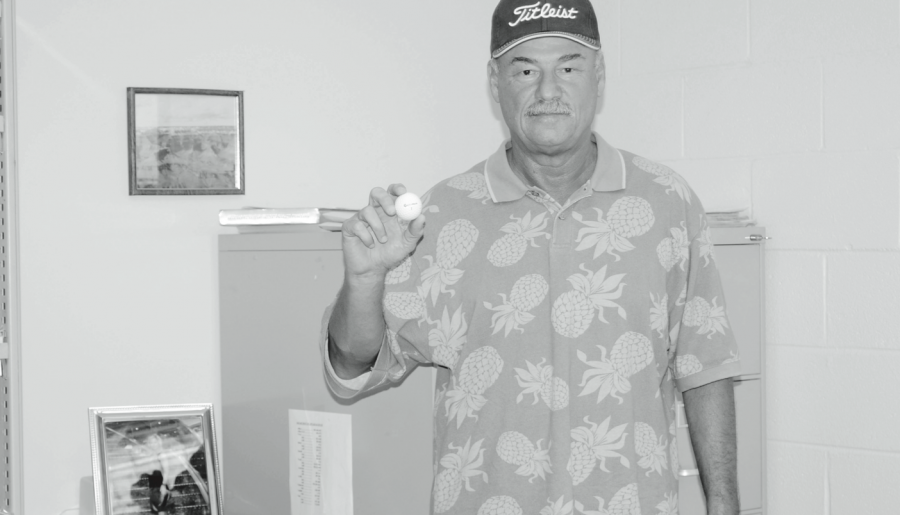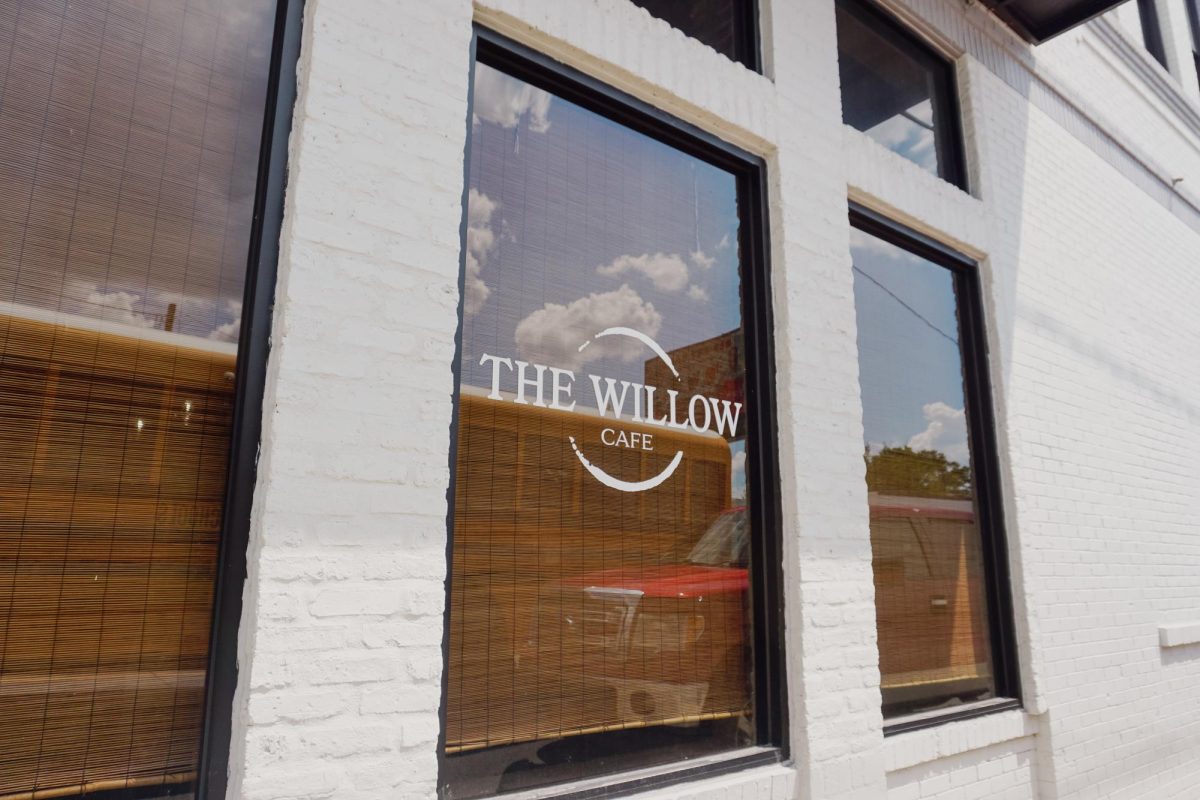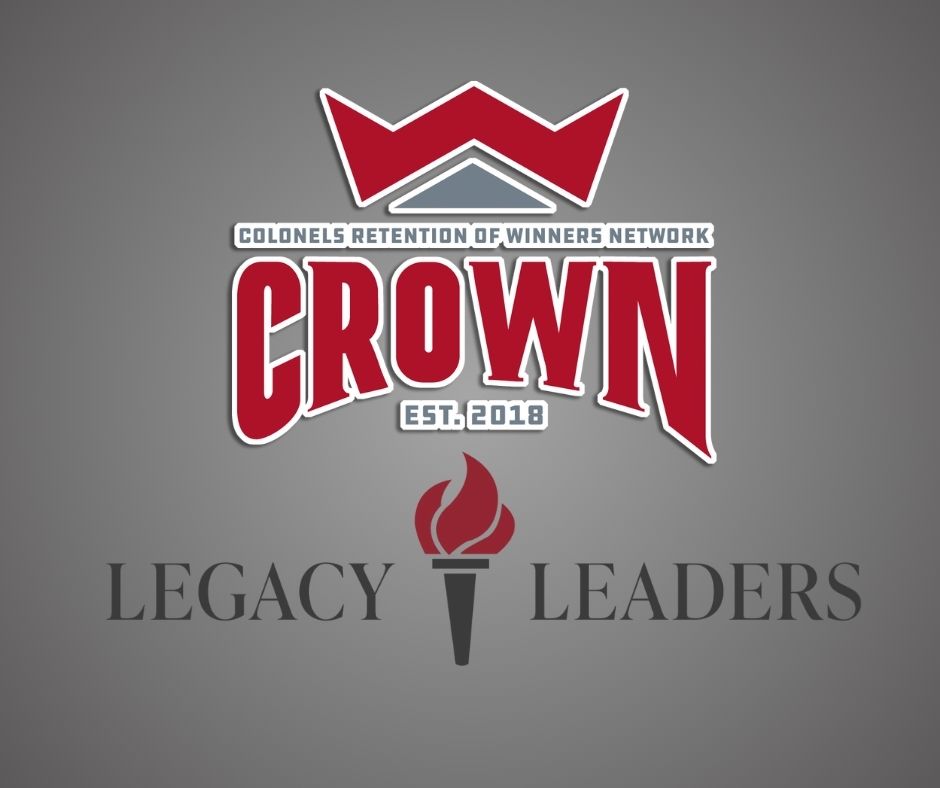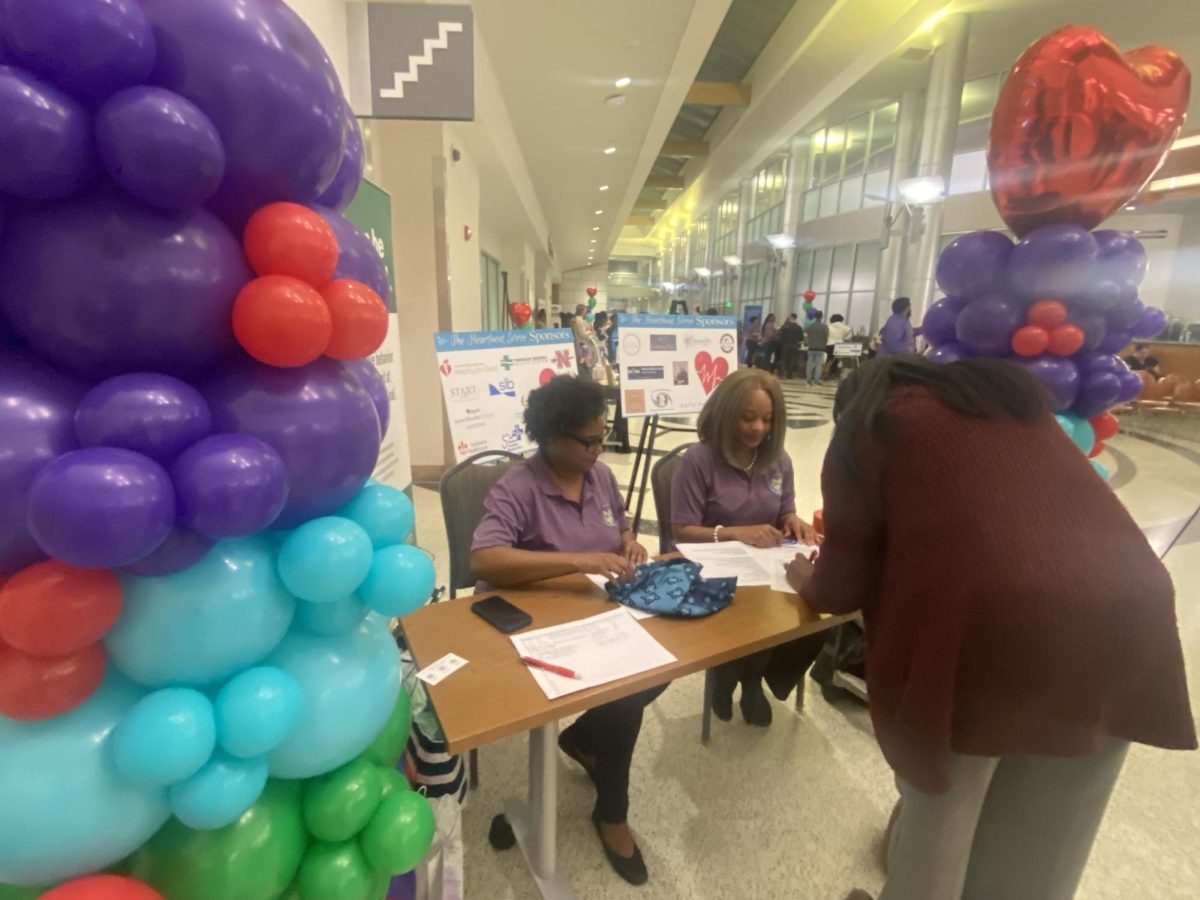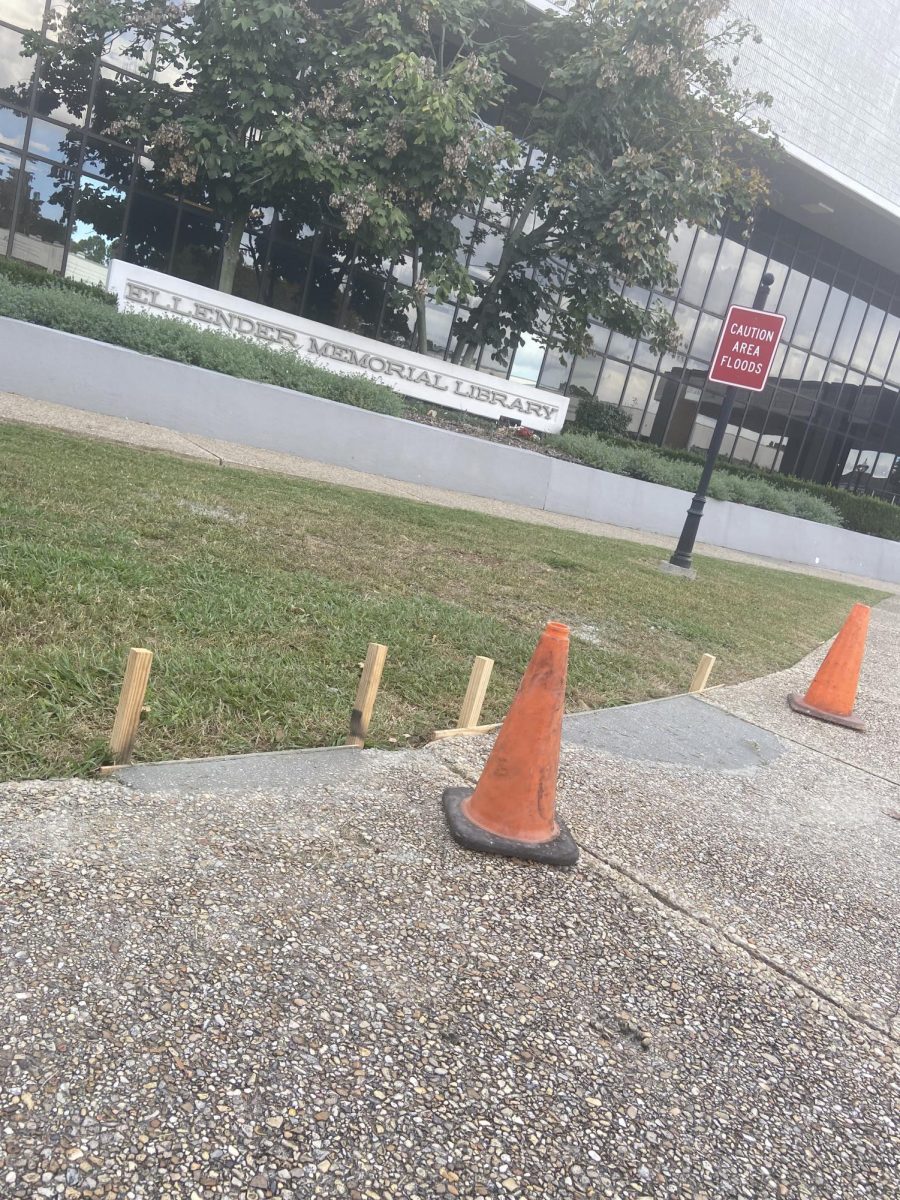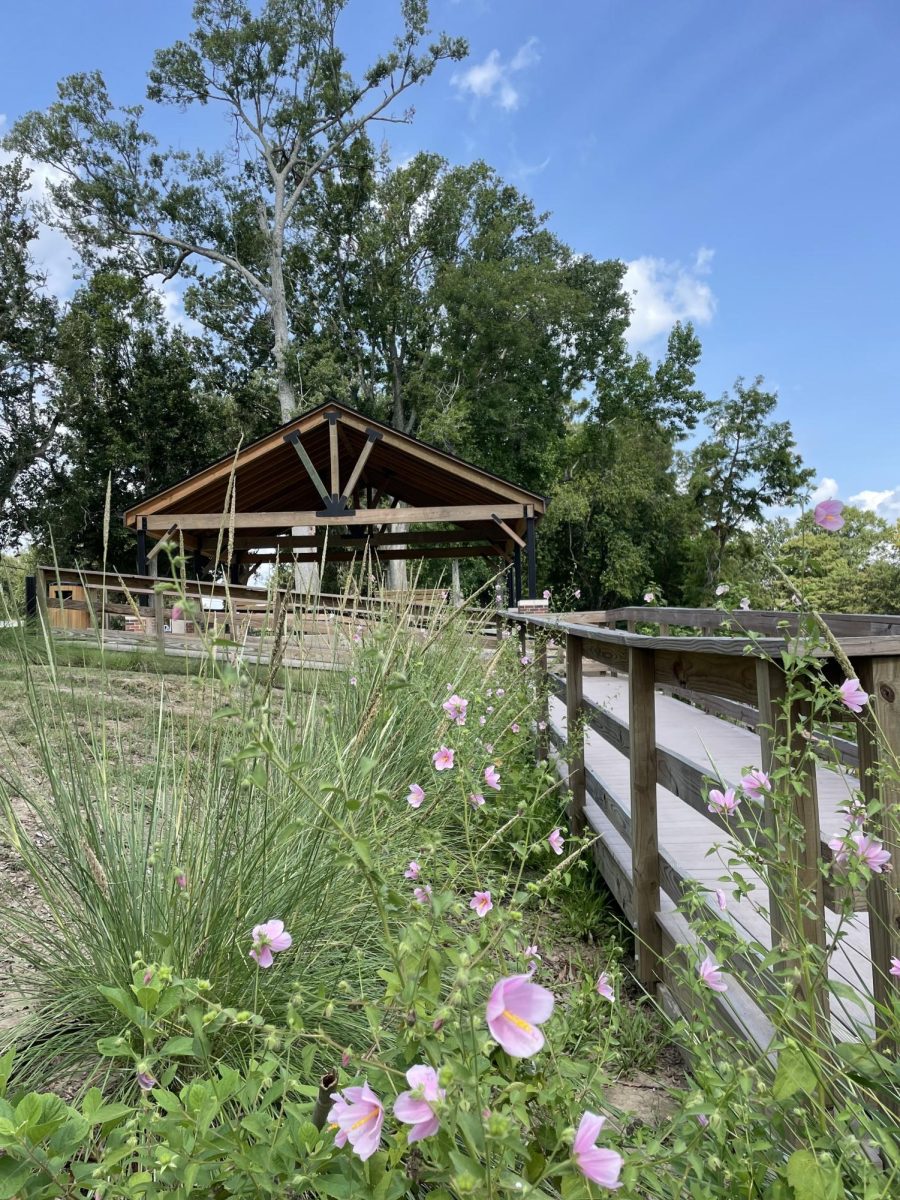Mike Pemberton, assistant professor of petroleum services, dominated the golf course recently by making a hole-in-one at the Bayou Side golf course.
Pemberton hit a hole-in-one on the third hole of the course, a 175-yard shot. This was his fourth time hitting a hole-in-one on that particular hole. He has hit six holes-in-one altogether.
The par for this particular hole was three. A par is the number of strokes in which a golfer is expected to complete a hole on a golf course.
“The hole I hit the hole-in-one on is one of the hardest holes I have ever played,” Pemberton said.
Pemberton has a long experience of playing golf. He started playing when he was in the eighth grade. He stopped playing for a while until he started to play again 10 years ago.
“I went to college, and I didn’t play,” he said. “Then I went to the army, and I didn’t play. When I first got married, I didn’t play either. I had not played golf for 12 years until I started back up again.”
The odds of an amateur golfer hitting a hole-in-one are one in 12,750. The odds of a professional golfer hitting a hole-in-one are one in 3,756.
“I hit the ball, and it landed about four feet away from the hole, and it rolled right in there,” Pemberton said.
Pemberton keeps the ball on his desk in his office in Gouaux Hall.
“I was always an athlete,” Pemberton said. “I played baseball and almost every sport in high school, so I continued to play golf after eighth grade.”
Pemberton has made holes-in-one in a number of different ways.
“I had some balls hit in the cup and bounce up,” Pemberton said. “I had some balls hit the pin and bounce off.”
The pin is the circular pole that is inserted into the hole with a flag that is typically attached, designating which hole it is marking.
James Schilling, head golf coach for Nicholls, explained the odds of how hard it is to hit a hole-in-one.
“It is very difficult,” Schilling said. “A lot of people play golf their entire lives and they can’t hit a hole-in-one.”
Schilling talked about the measurements of the cup and the space needed for the ball to get into the whole.
“The cup is about 4.5 inches in diameter,” Schilling said “You also have to include the flag that is in the hole that takes a quite a bit of space. That leaves only an inch of room to hit a ball in.”
Schilling played golf for 25 years, and he has personally hit three holes-in-one.
“Having the right angle and velocity in the right hole is the way to achieving hitting a hole-in-one,” Schilling said. “If the velocity is too hard, it can hit the flag but not make it.”
The last hole-in-one Schilling hit was three years ago. He hit his first one at the age of 13.
“Even if you are not a golfer, think about how hard it is to hit a ball in an inch of a space of a hole,” Schilling said.
Schilling said that a person is lucky to get as many holes-in-one as Pemberton has.
“People play a lot of golf, but the odds of hitting a hole-in-one are rare,” Schilling said. “Velocity and direction is a key part to it.”


